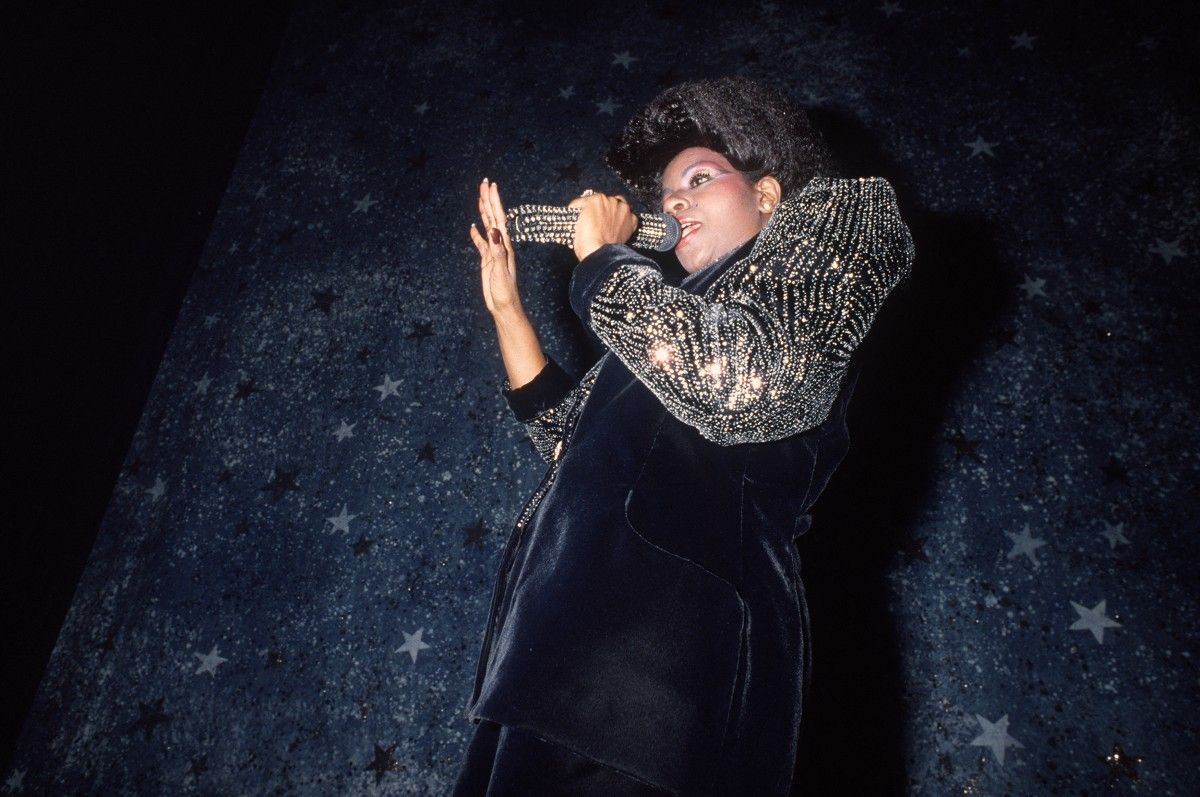
While disco emerged in the U.S. in the early 1970s, French artists and producers played a crucial role in shaping its sound, laying the groundwork for what would later become the "French touch" in electronic music. The Philharmonie de Paris is now celebrating this legacy with a dedicated exhibition, highlighting France’s lasting impact on the genre.
A close relative of soul and funk, disco was born in the United States, yet several French musicians and producers helped define its signature sound. One of its most recognizable names is Patrick Hernandez, who set dancefloors on fire in 1978 with Born to Be Alive. However, the true pioneer of this movement—now honored by the Philharmonie de Paris—is drummer and composer Marc Cerrone.
"In the early days, only a handful of us were creating music for nightclubs, with no blueprint and certainly no influence from radio hits," recalls the 72-year-old musician, who performed live at the Paris Olympic ceremonies.
In the mid-1970s, Cerrone laid the foundation for what would become the essence of disco—and later, house music: a driving bass drum hitting every beat of the measure, later dubbed "Four-on-the-Floor" by English-speaking producers. “Nowadays, we take that 'boom-boom-boom’ sound for granted, but back then, people thought I was crazy,” he says, recalling how he recorded drum sections in stairwells to create a natural reverb effect.
His 16-minute track Love in C Minor (1976) was largely ignored in France but found unexpected success in the U.S. after mistakenly being shipped among unsold Barry White records. It quickly gained traction with DJs, cementing Cerrone’s reputation in America. He continued shaping the disco era with his 1977 album Supernature, which he will perform in a symphonic concert at the Philharmonie de Paris on February 21.
The Darker Side of Disco
As disco dominated the mid-1970s, even mainstream French pop stars—Dalida, Claude François, Sheila—embraced the trend. Meanwhile, two lesser-known Frenchmen strolling through New York’s Greenwich Village had a bold idea: to create a group embodying iconic American archetypes—a cowboy, a policeman, a Native American...
Inspired by Parisian cabarets, producer Henri Belolo and songwriter Jacques Morali brought Village People to life, crafting some of disco’s most recognizable anthems, including YMCA and In the Navy.
"At first, Americans found it amusing that Frenchmen had come up with this idea. Later, they might have regretted not thinking of it themselves," said Henri Belolo in 1979. Today, his gold records are on display at the Philharmonie’s exhibition.
While German producers gave the world Boney M and Donna Summer’s Love to Love You Baby (1975), France has remained "the second home of disco," says exhibition curator Jean-Yves Leloup. He attributes this to France’s deep musical connection with African American artists who, post-World War II, sought refuge in Paris from racial segregation.
"There was long-standing admiration among French musicians for African American music, from jazz to funk, soul, and disco,” Leloup explains.
French artists even pioneered a subgenre of disco—darker, more experimental, and deeply electronic. Belkacem Meziane, author of Night Fever, highlights figures like pianist Didier Marouani and the group Space, who donned futuristic helmets years before Daft Punk. Another standout was Voyage, featuring guitarist Slim Pezin, known for his work on Manu Dibango’s Soul Makossa and alongside Claude François.
As disco faded in the 1980s, this French influence lay dormant—until it resurfaced decades later with the rise of a new French touch: electronic music.
With AFP




Comments